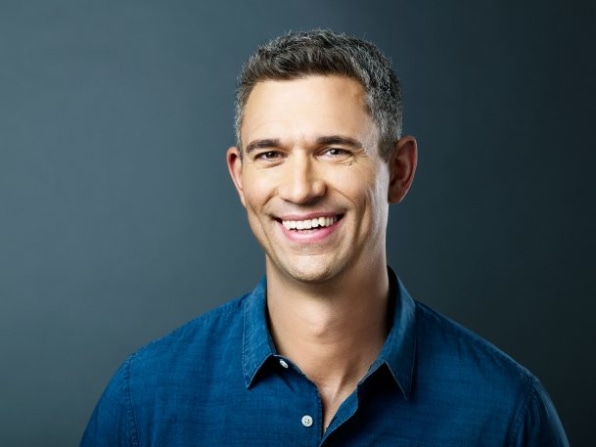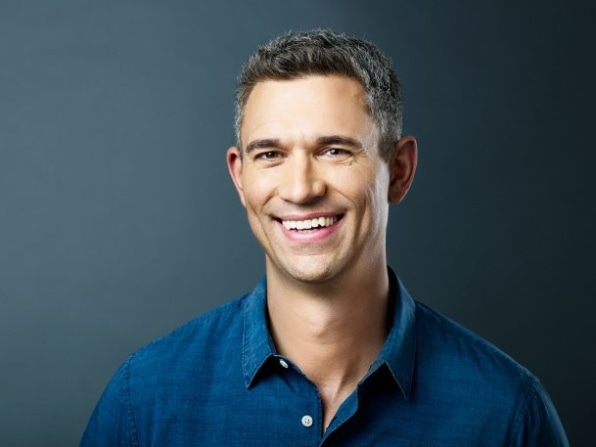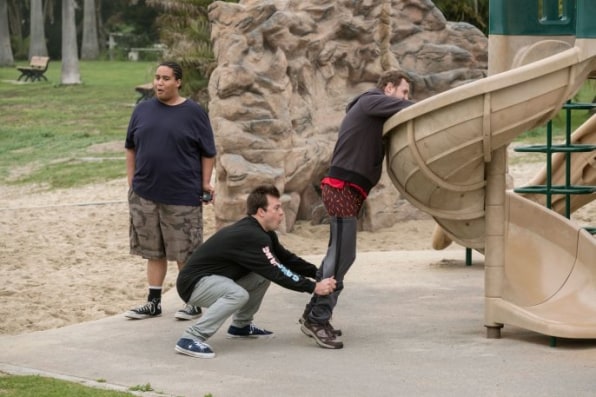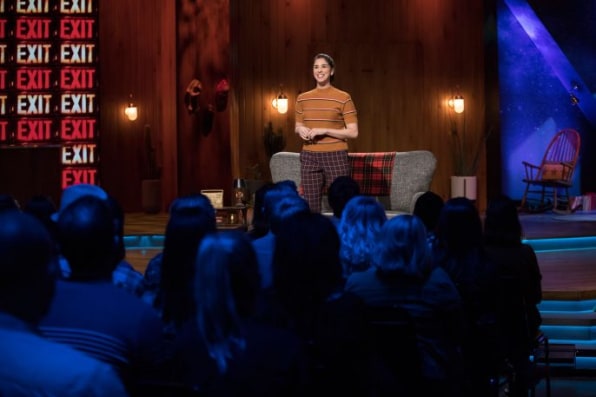
27 Nov How Funny Or Die Plans To Conquer TV Comedy
Just last year, Funny or Die was at a major crossroads. The comedy platform founded by Will Ferrell, Adam McKay, and Chris Henchy had long built up its brand awareness with a rotating cast of celebrities driving viral sketches, not to mention its Emmy-winning web series Between Two Ferns with Zach Galifianakis. The company didn’t have a problem with visibility. But viability was becoming a concern.
When Funny or Die launched 10 years ago, comedy in the digital landscape was markedly different. Late night hosts and sketch comedy shows didn’t have the viral presence they do today. Social platforms like Vine, Instagram, or Snapchat weren’t around to give new comedians a voice. The lane was clear for Funny or Die to dominate as a digital destination for comedy. But as competition stiffened up, restructuring the company’s digital strategy became paramount. So in 2016, the executive team laid off about 30% of its staff, mainly in the app development department and renewed focus on producing long-form content, the most recent results of which include American Vandal on Netflix, I Love You, America with Sarah Silverman on Hulu, and No Activity on CBS All Access.
But as Funny or Die scales up in TV, it may have an identity crisis on its hands as it walks the line between being a digital media company and a production company. Can Funny or Die hold its footing with short-form web content while simultaneously making a name for itself in streaming and network TV?
“We’re 10 years into this game and so we have to evolve and adapt with the market–and right now the market is spending a lot of money on good shows and great talent,” says Mike Farah, CEO of Funny or Die. “Knowing the brand is established, how do we continue to make the right type of social and topical content that keeps us relevant but also has one eye toward the [long-form] market?”
With that adaptation to today’s market, Farah says there’s renewed focus within the company, which, he admits, was a problem in the past.

“I blame myself for some of that. I’m someone who loves to have lots of different things going on,” he says. “But we’re really focused on the talent and giving them a chance to create, all while not just becoming a production company. That’s really the challenge. Can we keep all the sides humming so that they’re all feeding into each other in a smart way so that we stay this publishing media company while we continue to have more traditional [TV] production company success?”
While there could be an argument for Funny or Die to pivot completely to making shows for networks and streaming platforms, Joe Farrell, vice president of Funny or Die’s long-form division, doesn’t see that happening in the foreseeable future. For one thing, short-form content still has a sizable audience, pulling in more than 100 million average video views per month. And then there’s the company’s identity.

“The short-form content is what defines the brand–people still consider us a web-first company,” Farrell says. “I have a list of eight shows I need to catch up on, but people will be able to watch a quick-hit video at work on a break, and that’s critical for the brand and for the social brand.”
What Farah and Farrell are most concerned with at this stage is scale. Funny or Die’s production team found the right formula for cranking out short-form video content quickly and on a budget, but that was a workflow honed over the course of a decade. Now as they ramp up production on the TV side, it’s a matter of finding that sweet spot.
“We have six to 10 series happening. Can we get that up to 15, 20, 25, and keep the quality up and make sure our talent is happy and our partners are happy? That’s the scale I’m talking about,” Farah says. “Hollywood is very finicky. If you don’t keep that standard up and the experience really positive, then the whole thing can go away. That’s what will be interesting to see over the next two years: Can we produce more at a great level of quality and make sure that the talent that we partner up with loves the experience?”

For the moment, the ambition to scale up doesn’t extend to film. Funny or Die seems to have hit its TV stride with popular shows like Billy on The Street, The Spoils of Babylon, and American Vandal, which was recently renewed for a second season. And the upcoming slate of programming—including rapper Open Mike Eagle’s Comedy Central show New Negroes—is generating positive buzz. But film presents an entirely different challenge that Funny or Die has yet to crack.
“I’ve dreamed about Funny or Die films basically from the day I started, but it’s been a dream deferred thus far,” Farah says. “Right now, we are best off focusing on where all this money is being spent by streaming platforms. I think there is a potential model, whether it’s theatrical or streaming, for Funny or Die to occupy a low-budget film space in a consistent way. Who has the great low-budget comedy idea? I’d love to find it. There’s not many scripts that have come in that I thought, ‘This is the one to build a business around.’ If you want to be focused, you can’t pursue every shiny thing.”
And talent will always come first. Both Farah and Farrell continue to make it a priority to seek out creators with ideas that are strong enough to stand out in the current glut of TV programming.
“Even if the bubble bursts, as creative producers, the only thing we really can do on our side is just make sure what we’re producing is actually good,” Farrell says. “One area where peak TV has helped us is, we can make more targeted content for specific audiences instead of having to make the broadcast show that appeals to a massive audience.”
“I think there’s still room for improvement and things that we’re going to continue to adjust, but I do think we have our momentum back,” Farah says. “We’re maturing as a company and that’s a good thing. I guess the question is can we grow up without losing the spark that got us here?”
Source: Fast Company




Sorry, the comment form is closed at this time.